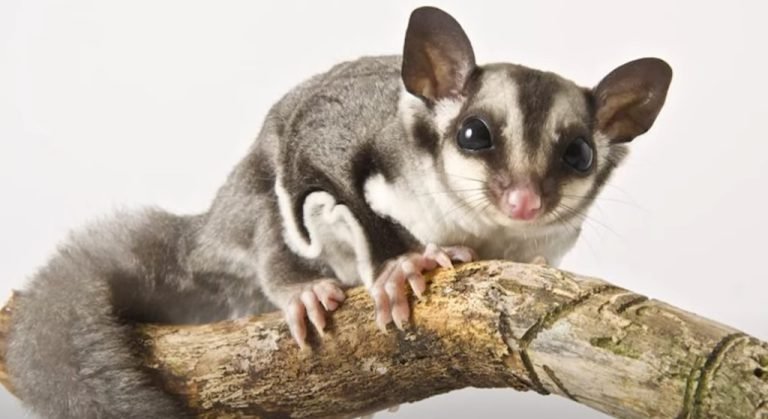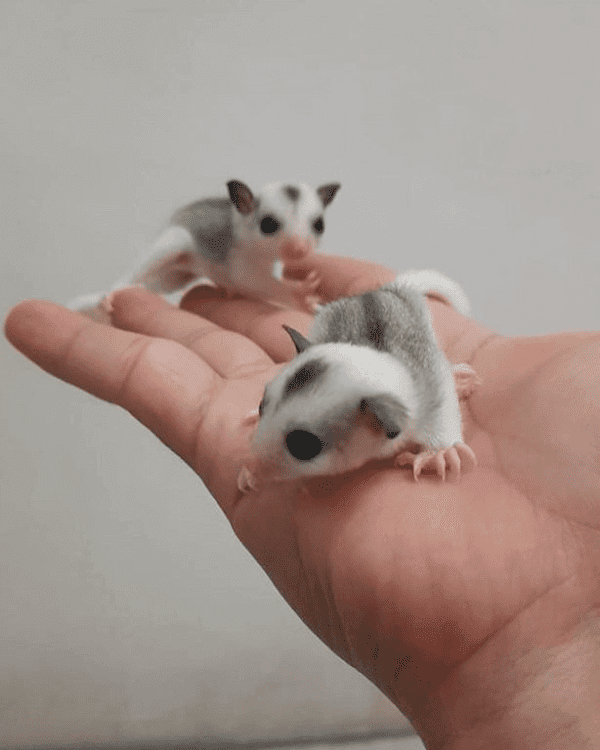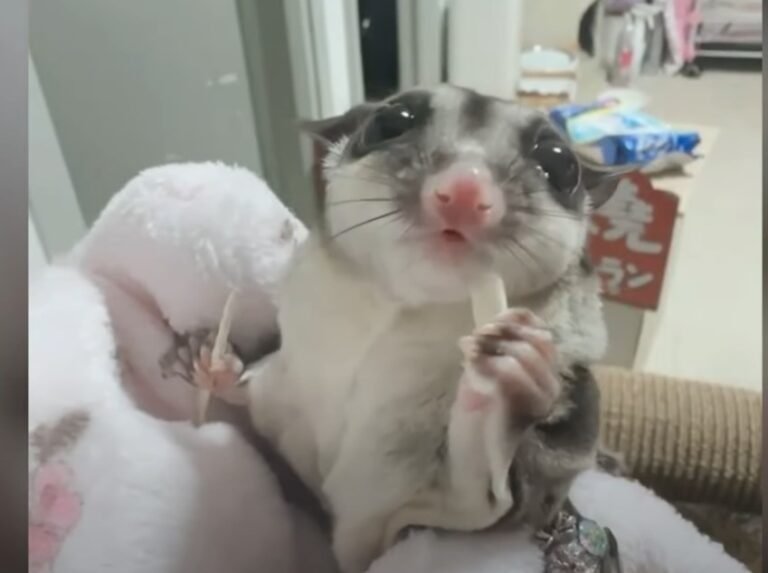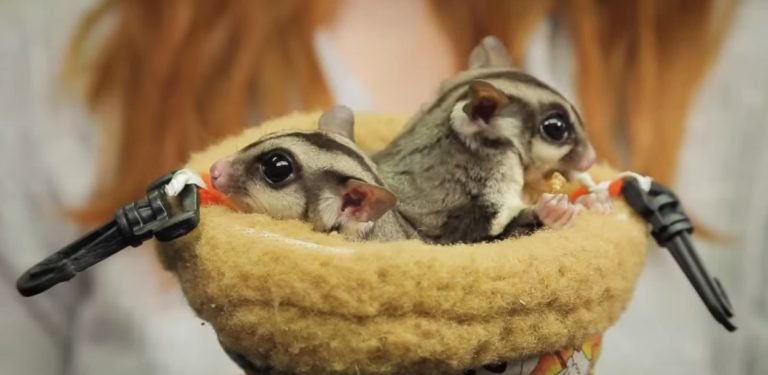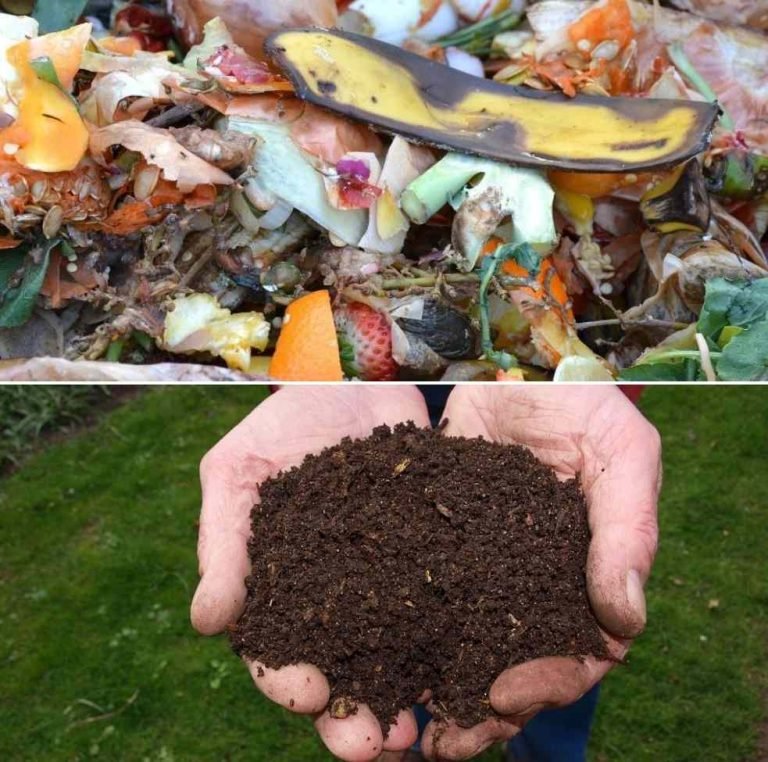What Type Of Animal Is A Sugar Glider
What Type of Animal is a Sugar Glider?
If you’ve ever heard of a sugar glider, you may be wondering what type of animal it actually is. Well, I’m here to answer that for you: a sugar glider is a small, nocturnal marsupial native to Australia, Indonesia, and New Guinea. These adorable creatures are often kept as pets due to their playful nature and cute appearance. In this article, we’ll explore everything you need to know about sugar gliders, from their physical characteristics to their behavior and habitat.
Physical Characteristics of Sugar Gliders
Sugar gliders are characterized by their small size and unique physical features. Here are some key details about their appearance:
1. Size: Sugar gliders typically measure between 5 to 7 inches in length, with an additional 5 to 6 inches of tail. They weigh around 4 to 6 ounces, making them quite lightweight.
2. Fur: Their fur is soft and silky, usually with a gray or light brown coloration. Some individuals may have patches of white or cream on their belly.
3. Gliding Membrane: One of the most distinctive features of sugar gliders is the presence of a patagium, a gliding membrane that stretches from their wrists to their ankles. This membrane allows them to glide from tree to tree, covering distances of up to 150 feet!
4. Large Eyes: Sugar gliders have large, round eyes that are perfectly adapted for nocturnal vision. This helps them navigate in low-light conditions when they are most active.

Behavior and Social Structure
Sugar gliders are highly social animals and live in small colonies in the wild. Here are some fascinating facts about their behavior:
1. Nocturnal Lifestyle: As mentioned earlier, sugar gliders are nocturnal creatures, which means they are most active during the night. They have excellent night vision and rely on their acute hearing and sense of smell to locate food and communicate with each other.
2. Gliding Abilities: Sugar gliders are well-known for their gliding abilities. They can launch themselves from high points and gracefully glide through the air, using their patagium to steer and control their descent. This behavior helps them escape from predators and find food sources in the treetops.
3. Diet and Feeding: In the wild, sugar gliders have an omnivorous diet. They primarily feed on the sap of eucalyptus and acacia trees, along with nectar, pollen, insects, and small vertebrates. As pets, their diet should be supplemented with a balanced mix of fruits, vegetables, protein, and specialized sugar glider food pellets.
4. Bonding and Communication: Sugar gliders are highly social animals and form strong bonds with their colony members, often cuddling and grooming each other. They communicate through a variety of vocalizations, including chirping, barking, and chattering.
Habitat and Conservation Status
Sugar gliders inhabit a range of woodland habitats, from open forests to rainforests. They are found in Australia, Indonesia, and New Guinea, where they live in tree hollows and build nests made of leaves and bark. However, deforestation and habitat loss pose significant threats to their population. It is crucial to ensure their natural habitats are conserved to protect these adorable creatures.
Frequently Asked Questions
Q: Can sugar gliders be kept as pets?
Yes, sugar gliders can be kept as pets. However, it’s important to note that they require special care and attention. They are social animals and do best when kept in pairs or small groups, so it’s recommended to have more than one as a pet.
Q: What do sugar gliders eat?
In the wild, sugar gliders have an omnivorous diet that includes tree sap, nectar, pollen, insects, and small vertebrates. As pets, their diet should consist of a balanced mix of fruits, vegetables, protein, and specialized sugar glider food pellets.
Q: Are sugar gliders easy to care for?
Caring for sugar gliders requires commitment and effort. They have specific dietary needs, need a lot of social interaction, and require a spacious and enriched enclosure. It’s important to do thorough research and understand the responsibilities before deciding to keep sugar gliders as pets.
Q: Do sugar gliders make good pets for children?
Sugar gliders may not be the best choice as pets for young children. They are delicate and require gentle handling. Additionally, their nocturnal nature might not align with a child’s routine. It’s crucial to consider the needs of the animal and the abilities and understanding of the child before bringing a sugar glider into a household with young children.
Final Thoughts
In conclusion, sugar gliders are fascinating creatures that make unique pets for those willing to provide them with the proper care and environment. Understanding their physical characteristics, behavior, and habitat is essential for ensuring their well-being. If you decide to take on the responsibility of owning a sugar glider, make sure to do your research and provide them with the love and care they deserve.
Remember, sugar gliders are not for everyone, and it’s crucial to consider their specific needs and requirements before bringing one into your home. With the right knowledge and preparation, you can embark on an incredible journey with a sugar glider as your companion.


